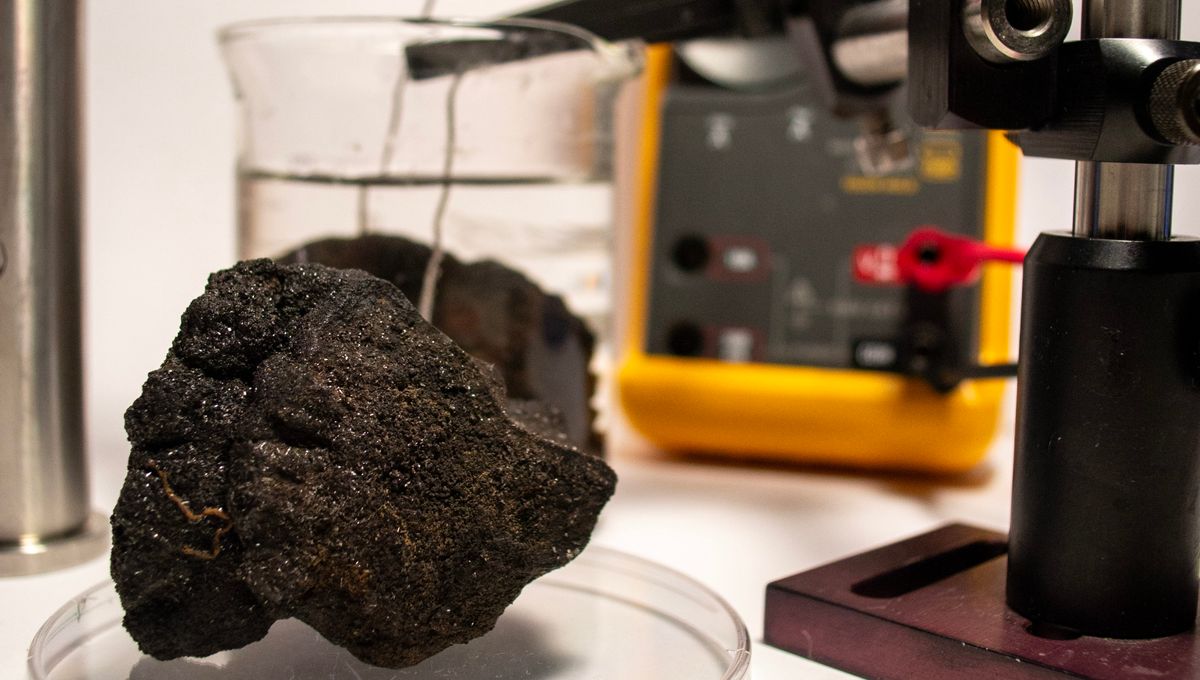
A study published in July of this year sent shockwaves through the scientific community by claiming that metallic nodules in the deep ocean have the capacity to split seawater and produce oxygen. Now, however, the sensational discovery has come under scrutiny as researchers pick holes in the original findings, arguing that this so-called “dark oxygen” may not exist after all.
The debate centers around a paper that reported spikes in oxygen levels within chambers that were placed on the seafloor at a depth of around 4,000 meters (13,000 feet) in the Clarion-Clipperton Zone, which lies to the east of Hawaii. Given that deep-sea ecosystems are known to be oxygen sinks, the presence of an oxygen source in the watery abyss came as a massive shock to the researchers.
After conducting a number of experiments, the study authors concluded that this dark oxygen was the work of metallic nodules on the ocean floor that produce electrical charges which then split water molecules into hydrogen and oxygen. If confirmed, this would imply that our planet contains a source of oxygen that doesn’t rely on sunlight or photosynthesis, with potentially massive implications for our understanding of the origins of life.
The stakes become even higher once you throw in the economic value of these nodules, which have attracted the attention of deep-sea mining companies for their potential use in the production of batteries. However, environmentalists argue that if the black blobs turn out to be supporting ocean ecosystems then their extraction could have catastrophic consequences for life in the deep.
Interestingly, the study that led to the discovery was partially funded by deep-sea mining firm the Metals Company, which has now employed a team of researchers to author a critique refuting the dark oxygen hypothesis.
According to the as yet un-peer reviewed criticism, “the hypothesis that polymetallic nodules produce oxygen can be wholly rejected,” since the authors of the original study deliberately omitted vital data that undermines their findings. For example, the team supposedly conducted a control test by submerging a chamber of water that contained no metallic nodules, the results of which showed an increase in oxygen as the tanks sank to the seafloor.
This suggests that the readings were not caused by dark oxygen, but may have been produced by “an experimental artifact” such as air bubbles or electricity from cooling fans.
According to the detractors, the authors of the original study “omit and selectively report pertinent metadata and data from a previously published study and additional experiments conducted as part of this study that show oxygen concentrations rose in chambers that contained no nodules.” As such, “the hypothesis that nodules can produce oxygen on the abyssal seafloor is completely unsupported.”
This dismissal follows the release of another preprint paper from mining company Adepth which sledged the dark oxygen theory based on the actual data reported by the researchers. Unlike the Metals Company, however, Adepth insists that it has “no vested interests in nodule production,” and that its “analysis is driven by scientific curiosity of mineral related processes.”
According to this critique, it takes 1.23 volts of electricity to split a water molecule, yet the maximum voltage detected on the surface of the nodules was just 0.95 volts. Furthermore, the doubters state that this value was in fact an outlier, and most nodules produce less than 0.24 volts of electricity.
The Adepth team therefore concludes that “while the authors of the paper admit the voltage is insufficient for electrolysis, their insistence on dark oxygen production from electrolysis is not in line with their evidence.”
This kind of back-and-forth critiquing of findings is normal in science – in paleontology, for example, the argument for and against Spinosaurus being an aquatic dinosaur has played out in published papers – however, as noted by Science, another team may soon make another challenge to the claim. Researchers from the European Mining-Impact2 project also carried out similar research in deep-sea nodule fields and found no sign of oxygen production, though their findings haven’t been published yet.
The paper published by The Metals Company is currently available as a preprint on EarthArXiv.
Source Link: Game-Changing "Dark Oxygen" Discovery On Seafloor Challenged In High-Stakes Debate